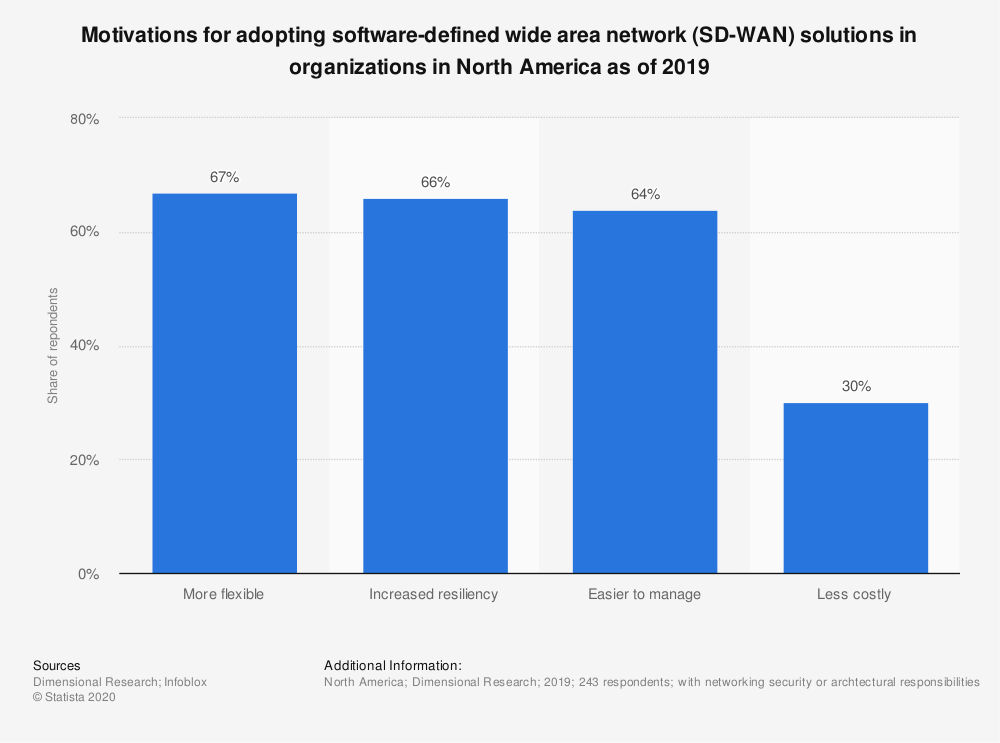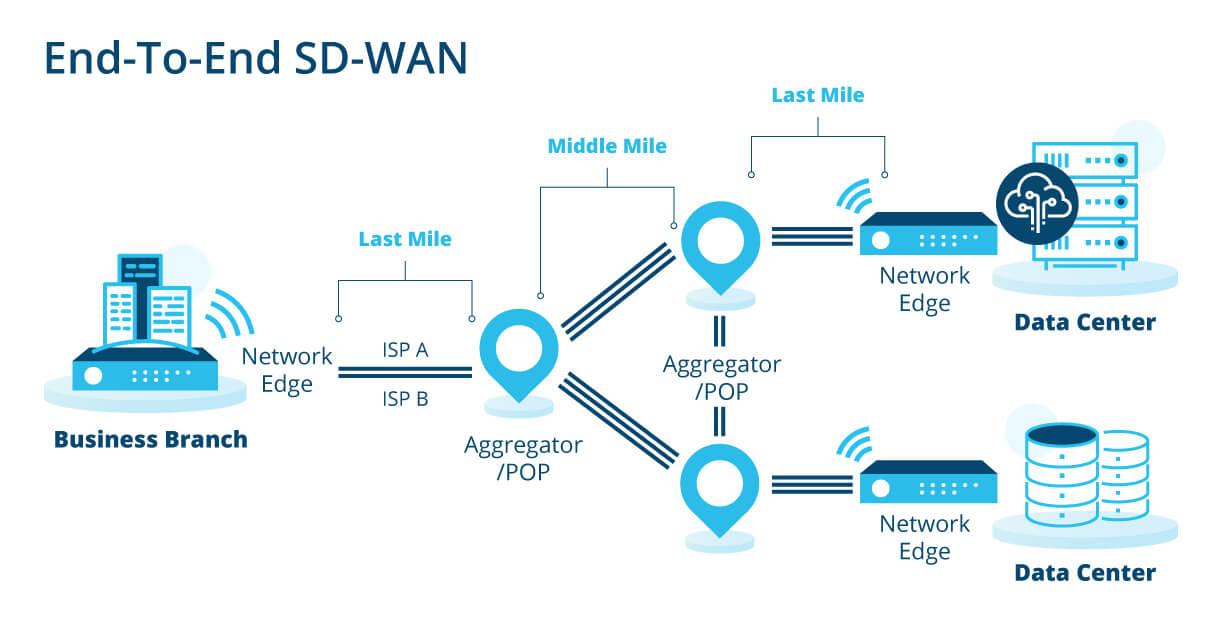For about a decade, software-defined networking — or SDN — dominated the networking landscape. It provided a framework within which on-demand infrastructure (like OpenStack) could deliver network capabilities abstracted from the underlying hardware and servers. But the era of SDN is over. It’s being replaced by SD-WAN — software-defined wide area networking — which lets organizations better manage growth, performance and security. Better still, SD-WAN allows users to encrypt traffic and distribute data flows among multiple links — providing a strong foundation for the move to a secure access service edge (SASE).
SDN is dead. Long live SD-WAN!
What Happened to Software-Defined Networking?
The era of software-defined networking is over. It might sound melodramatic, but it’s not inaccurate. SDN is dead.

The growth of cloud infrastructure and applications has been a significant driver in the rise of SD-WAN as SDN’s successor. SDN’s focus on LAN-side networking just can’t compete anymore in the WAN space. As organizations increasingly rely on cloud infrastructure and connections to multiple clouds, they are primarily looking for three things:
- Flexibility
- Resilience
- Manageability
And SDN just can’t compete.

Figure 1. High level diagram of an end-to-end SD-WAN.
SD-WAN lets users configure and manage mid- and last-mile connections together with network edge endpoints. Many organizations seeking to modernize their networks to meet new demands have embraced SD-WAN for this very reason. In addition, Internet link bonding has become a key component of WAN strategies as reliability and performance — especially with the addition of multi-carrier circuits — become more important for service delivery.
The Rise of Wide Area Networking
The cloud computing craze has settled into a market dominated by a handful of mega cloud service providers. Organizations are operating clouds made up of a collection of:
- Virtual machines
- Containerized workloads
- Cloud-based infrastructure
But they need a reliable and secure way to connect this private infrastructure to their other on-demand infrastructure housed in public clouds. This interconnectivity will only become more critical as business models continue to evolve into cloud-first and cloud-native deployments.
And that’s where SD-WAN shines.
As these same organizations scramble to secure and manage remote, mobile field force and executive home office connections during the current pandemic, Turnium SD-WAN makes moves, adds, changes and deletions easier to implement. It dramatically reduces the time and resources required to make network changes while automating network programming. In short, SD-WAN eliminates a major source of troubleshooting, at a time when organizational resources are scarce.
Prioritize Security with SD-WAN
An informal industry survey shows that an overwhelming majority of organizations are looking to SD-WAN to help secure their network and protect their users wherever they connect to the Internet. At Turnium, we can help your team secure your network in several key ways:
- Encryption: Data can be encrypted between endpoints on your organization’s network edge.
- Distribution: Traffic can be distributed among multiple bonded Internet links, obfuscating data flow and preventing man-in-the-middle attacks.
- Containerization: Software can be containerized on edge devices together with a service provider’s existing security applications or firewalls for a SASE solution.
Turnium SD-WAN provides a solid foundation on which organizations can build a SASE while avoiding vendor lock-in, as they retain the power to choose their preferred security vendor. Telecommunications companies and service providers can also benefit from this arrangement, as it allows greater flexibility for customer security vendor requirements.
The days of static networks are gone. Organizations are realizing the potential of flexible, on-demand networking to rapidly meet their needs and support new business models. Gartner calls SD-WAN an important technology to watch because it can benefit organizations deploying it themselves and telecoms and service providers selling white-label SD-WAN solutions.
If you have specific questions about SD-WAN or would like to schedule a demonstration, the experts at Turnium are here to help. Contact our team today.
